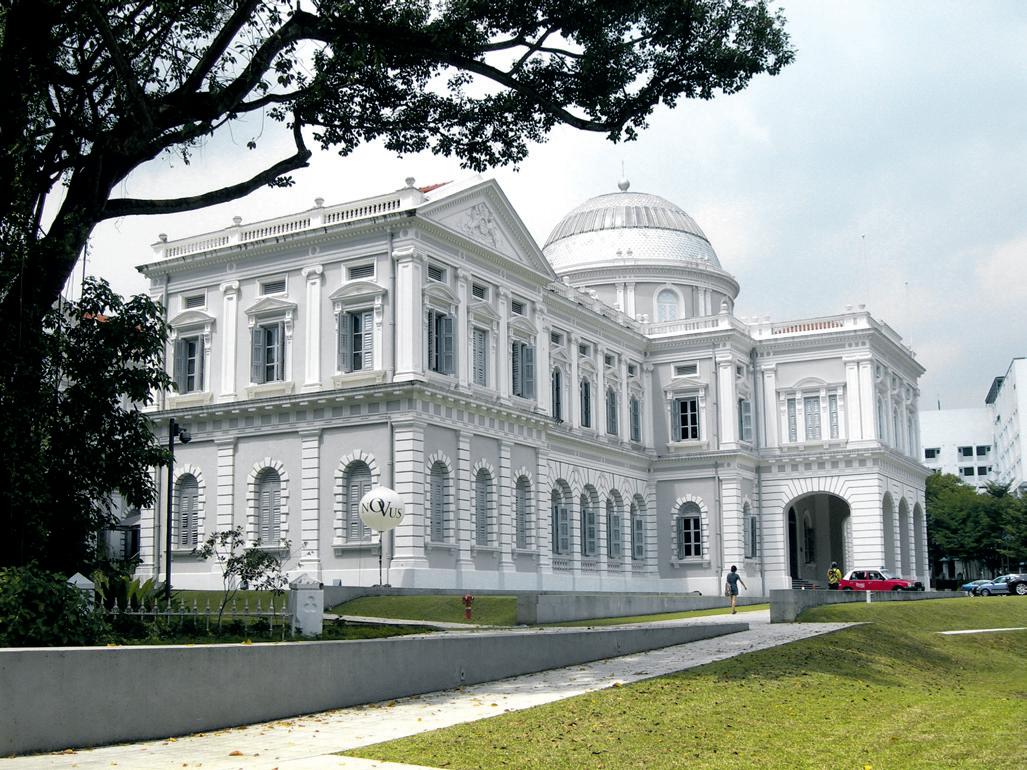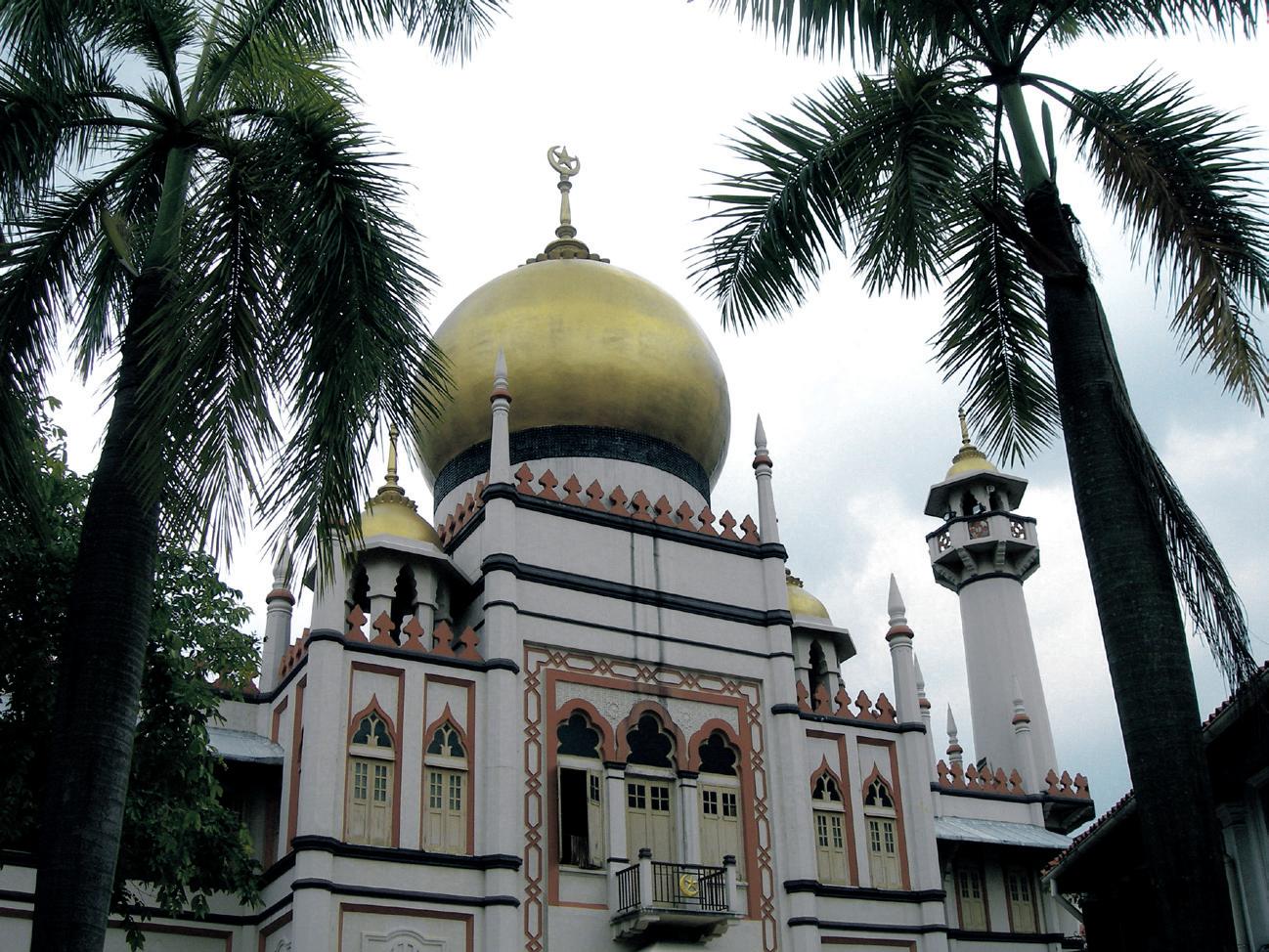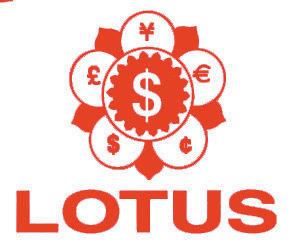
5 minute read
charismatic culture Singapore’s
from 2012-01 Sydney (2)
by Indian Link
By SANDIP HOR
Singapore is judged as one of the planet’s most tourist-infected destinations. Like any other Asian metropolis, this diamondshaped island on the equator is exotic, colourful, welcoming and aptly boasts to highly-reward every visitor that walks through the doors of its ultramodern Changi International Airport.
Singapore’s modern-day menu includes plush accommodation, an eclectic variety of cuisine, endless shopping opportunities and hordes of things to do and see to fill in your day with pleasure and excitement.

Because of its geographic location and being the hub of Singapore Airlines, one of the world’s top airlines, a large number of visitors land here to stop over for a day or two, when cruising from the east to the west, or vice-versa. They generally gravitate around Orchard Road, Little India or Chinatown precincts for retail therapy and degustation delights, or jump into one of those bright yellow hop-on buses for a quick glance of the cityscape.
A cultural awakening
My past visits have been no different, but during my recent halt there while returning from India, I decide to go beyond shopping and eating. Inspired by my intrinsic cultural consciousness, I choose to leaf through some of the city’s museums and galleries. My tour of discovery begins with a surprise. I discover from the omniscient hotel concierge at the Parkroyal Hotel in Little India, that the city boasts of almost a dozen museum and galleries of high repute. Taking his advice, I make for the National Museum of Singapore, located at Stamford Road in Dhoby Ghat, my first stop.
“It’s the best place to catch up on Singapore’s history,” says my Chinese taxi driver while driving through the city’s disciplined traffic, which these days, is a rarity any big metropolis.
Established in 1849, the museum is the nation’s oldest. Its 10,000 square metre exhibition space present several galleries, but the crowd-puller is the “History Gallery” that showcases the story of this land from almost the 14th century to the present. The use of state-of-the-art modes of presentation, including narrations inspired by contemporary film and theatre, strikes me as impressive.
A powerhouse of history
The museum stores eleven treasures, each of which are exceptional, unique and of chronological significance to the nation’s socio-cultural history. A friendly museum attendant tells me that the most important among them is the 14th century Singapore Stone, which contains earliest inscriptions of the region, thought to be a variant of an old Sumatran script.
However, what imposingly draws my focus is the architecture of the whitepainted Neo-Palladian and Renaissance styled edifice, which features two rectangular blocks, the front one topped with a grand dome decorated with fishscale zinc tiles. There are two rotundas, one reflecting the dome at the front and a new glass-clad one added to the rear of the building in 2003, during its $130m facelift. The glass rotunda is cylindrical shaped and made up of two drums. The outer one sheathes the inner one that is made of wire mesh, and offers 360 degrees of projected images. “It’s an engineering feat that testifies to an extraordinary blend of classism and modernism,” says a fellow visitor, an architect from Sweden.
Coursing through centuries
After completing a quick tour of this cultural icon, I visit a few other museums located nearby. In fact, Singapore city in size is so tiny that you can whisk from one venue to the other in minutes, using an efficient public transport network that includes one of the world’s best underground railway systems.
The 1912-built Perankan Museum possesses one of the finest and most comprehensive collections of Perankans (a Malay term meaning ‘locally born’), who are generally people from south east Asia now settled in Singapore, which includes Chitty Indians as well. Galleries on three floors illustrate their cultural richness and distinctive visual arts, displaying most interestingly their traditions, musical affinities and culinary habits that eventually turned Singapore as one of the world’s greatest cosmopolitan nests. This museum regularly hosts multicultural literary programmes and I find an opera on the Ramayana in the day’s schedule, but reluctantly give it a miss due to a lack of time.


There are many more museums and galleries to fill the time of culture vultures, but to visit all of them would take at least a week in Singapore. The three others I visit are the Philatelic Museum, where the world unfolds through postage stamps; the Singapore Art Museum that feature an amazing collection of contemporary and modern Singaporean and Southeast paintings and sculptures; and the Asian Civilisation Museum which is Singapore’s largest and most spectacular enlightening icon, comprising of ten thematic galleries where over 1,300 artefacts present 5,000 years of Asian cultures from south Asia, southeast Asia, west Asia and China. All housed in a135-year-old colonial building, this museum has been coined by experts as the best place in Asia to comprehensively understand the continents’ rich cultural heritage.

Indian influence
The South Asian Galleries feature exquisite collections from a broad spectrum of periods, including some fine 7th century Chola period bronze-made statues, such as that of Lord Shiva and Mother Durga. The early Buddhist art of India is also represented by works hailing from the Mathura and Gandhara schools. The ‘Medieval India’ section examines the crossinfluence of Hindu and Islamic cultures between the 13th and 19th centuries, while artefacts on Sikhism allow visitors to know more about the faith founded by Guru Nanak in the 15th century.
Rich in ethnological material, the
South East Asian collections are broad in scope and includes Khmer and Javanese sculptures, Buddhist art from Burma and Thailand, aristocratic temple art of Vietnam and highly ornamental Peranakan gold, textiles, tribal ornament and theatrical masks. The elaborate Chinese collection is represented by fine porcelain figures, calligraphy and other examples of decorative art.
The ‘West Asia’ section offers an insight into a region highly significant in
A frIendly museum
AttendAnt tells me th the most ImportAnt
Among them terms of religion, being the birthplace of Judaism, Christianity and Islam. However I observe that the focus is mainly on Islam, as the museum is primarily focussed on ancestral cultures of Singaporeans, which includes a sizeable Muslim population. At the end of an artistically refreshing day, I settle down with a Singapore Sling at the legendary Raffles Hotel, to recap my sightings and pleasingly conclude that Singapore’s cultural engagement is equally appealing,
Is the 14th century sIngApore stone, whIch contAIns eArlIest InscrIptIons of the regIon, thought to be A vArIAnt of An old sumAtrAn scrIpt.
All housed In A 135-yeAr-old colonIAl buIldIng, (the AsIAn cIvIlIsAtIon museum) hAs been coIned by experts

As the best plAce In AsIA to comprehensIvely understAnd the contInents’ rIch culturAl herItAge.
1) City’s inspiring multicutural spirit
2) Buddhist art

3) Multi religion Singapore

4) Asian Civilisation Museum
5) Outside Perankan Museum
6) National Museum
7) Philaletic Museum
8) Lion City Singapore
Travel noTebook SInGaPOre
GeTTinG There
Singapore Airlines (www.singaporeair.com) have several weekly flights from Sydney, Melbourne, Brisbane Adelaide and Perth to Singapore with Airbus 380 operating from Sydney and Melbourne. Singapore surely justifies a visit by itself; however it can always be explored as a stopover while en-route to several other destinations in Asia, Middle East, Europe, America and Africa. accommodaTion eaTinG
Conveniently located in the Little India quarter with easy access to several of city’s attractions, the Parkroyal Hotel (www.parkroyalhotels.com) on Kitchener Road offers luxury accommodation within affordable prices and is always like a home away from home.
At least one meal at the Kashmir Indian Restaurant (www.kashmir.com.sg) more informaTion
Singapore Tourism (www.yoursingapore.com)














